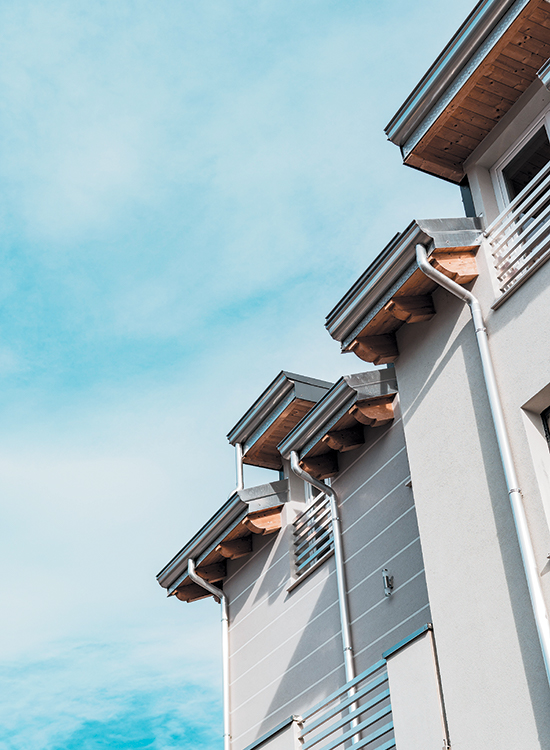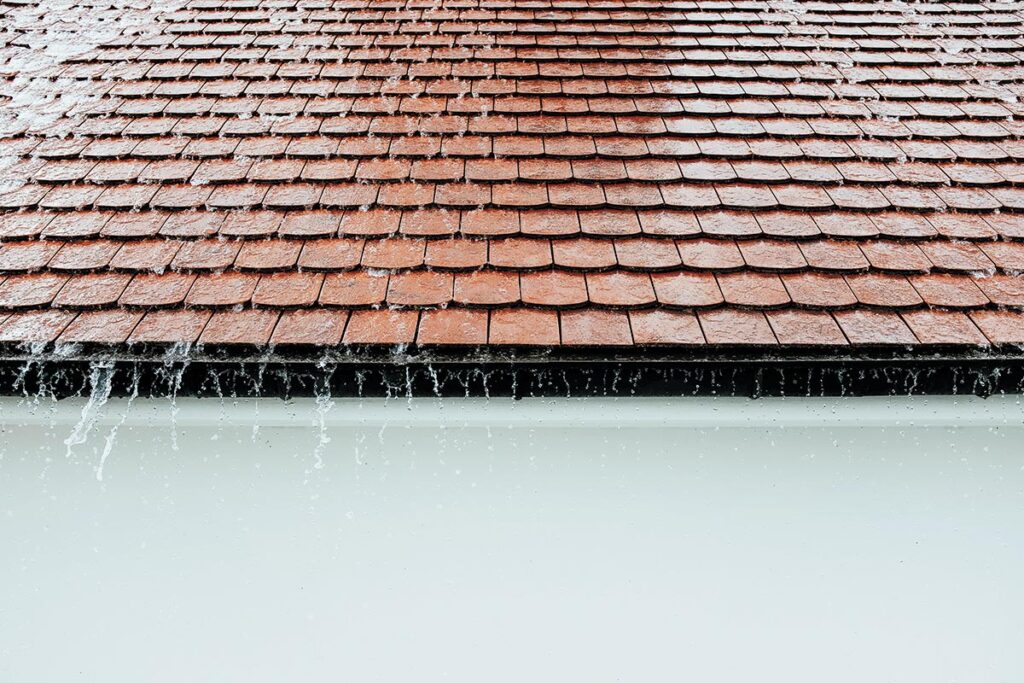The rainy season came sooner than all of us expected and we’re all probably scouring for ways to make our homes rain-proof, no matter how new or old our houses are. Typhoons have become more unpredictable, thanks to climate change. So how do we prepare ourselves to be well-adjusted homeowners?
Determine your risk
Typhoons don’t just affect coastal communities or rural areas. Ondoy taught us this hard lesson many years ago. So if you live in the city or the heart of a province, expect the risks it poses. Take some time to learn what hazards could happen to your area by following closely what your local or state emergency management has to offer or say. Search online to learn more: Facebook could be your one-stop shop to actualize your disaster preparedness.

Clean your gutters and downspouts
Make sure some stray leaves and debris are out of sight when cleaning your gutters and downspouts as water overflows and spills in this area, which can damage walls and footings. Save some extra time for this if your house is surrounded by trees or overgrowth.

Check your roof, skylights, and flashing
With your roof being the first entry point of rainfall, be mindful in doing this as early as possible to ensure that there are no stray holes that could serve as an entryway for moisture. Leaks often occur in these areas, so make sure to seal these off with your go-to sealants, or buy the strongest ones you could find in the nearest hardware store.

Inspect your house’s siding
Ensure that there are no damage, cracks, and other holes as these could also cause leaks. Make sure that the paint is in good condition. If not, seal it up with a paintable or clear caulk before the rains begin.
Inspect your doors’ and windows’ strength
The hinges and latches should be checked as strong winds could cause these to break or fall. You can also apply some WD-40 lubricant to make sure they are working smoothly.
Cover your outdoor furniture
Secure your outdoor furniture with plastic or tarps using ropes or heavy objects to avoid breakage. Most of our household items or furniture tend to break when moisture sets in; what more if it’s rainfall, a full-on wet parade? This little waterproofing could protect your treasured items at home, so save some time for that.
These are just a few of the most basic preparations we should exert effort on, because we do not need another learning curve when it comes to natural calamities. Sometimes, being overly careful is the only way to survive in a disaster-prone country.
